“What would you like for a snack today?”
“Figs!”
Our fourteen-month-old son toddled over the grass of my grandfather’s backyard, making circles under the fig tree, branches drooping under the weight of late summer fruit. Under the enormous boughs, we set up a blanket with some books and a few toys. It was near the end what would be a nearly two-month stay in Sonoma at the home of my grandfather, our family in between countries, trying to decide whether to stay in California or return to our lives in Hong Kong.
A rod of bamboo as tall as my shoulder did the job of fig collector. We knocked several off. Orion chased from one to the next, stuffing each into his mouth almost as fast as they fell.
There are many advantages to living in a city. Picking fruit straight off a tree to eat is not generally one of them. In Hong Kong, wet markets (like a farmers market, but every day and with produce not typically grown by the seller) were filled with Dragon fruit and lychees from neighbouring Vietnam and persimmons, tangerines and Asian pear from Korea and Japan. What we lacked in local production was made up for in variety.
But then, nothing tastes quite the same as homegrown. In California, it’s fig season right now. We don’t have fig trees, but our neighbors do, including one that hangs droopily over the fence and into our yard. I want to eat them every way before they go away. At a dinner party, a friend recently brought an arugula salad topped with briny blue cheese and plump, jammy figs fresh from her garden. An extra plate of figs, unadorned, went on the table so the kids would leave our grown-up salad alone.
So far this season, I’ve stuffed figs with cheese and roasted them in the oven, eaten as a kind of savory-sweet dessert. I’ve sliced them atop a pizza with caramelized onions. I’ve packed them whole in our son’s lunch box for school. The sandwich might come back half eaten but the figs never do.
When people asked about that summer living with my grandfather, what life was like for our son in California, I always think of that tree. Months of California summer sun captured in a fruit, ready to eat, all you have to do is reach.
Recipe
Fig and Roasted Radicchio Salad with Arugula and Blue Cheese
What better way to celebrate the changing of seasons than this perfect transitional salad from summer to fall. Radicchio is just showing up at the farmers market while figs are at their peak and will hang around a few weeks longer. Known for its bitterness, roasting radicchio brings out natural sweetness. If you have access to a barbecue, you can grill the radicchio wedges instead of roasting them. Tip: If you taste your figs and they aren’t quite as ripe as you would like, cut them in half and roast them alongside the radicchio for 8 – 10 minutes until they start to give up their juices. It will bring out their sweetness as well making the figs, and the salad, shine.
2 heads radicchio
Extra Virgin Olive oil
2 oz. baby arugula
3 T. good balsamic vinegar
Flaky sea salt
Pepper
8 large figs, cut in half or quarters
2 T. shelled pistachios
2 oz. mild blue cheese, like Point Reyes
Preheat oven to 400°F/200°C. Wash radicchio and discard any wilted outer leaves. Cut each head into quarters. Spread on a parchment lined baking sheet. Drizzle generously with olive oil. Roast in oven for 20 minutes, turning once halfway through.
Meanwhile, spread arugula out on a large platter.
When the radicchio is done, transfer immediately to the platter placing over the arugula. Drizzle balsamic over each wedge allowing the extra to dress the arugula. Season with sea salt and several cracks of black pepper. Arrange figs in the spaces between the radicchio wedges. Sprinkle around pistachios and crumbled blue cheese. Give the whole platter one final drizzle of olive oil plus some additional salt and pepper.
To Drink…
Domaine Castéra Jurançon Sec, France 2020
Talk about giving myself a challenge! The same thing that makes this a lovely salad of contrasts – bitter, jammy, salty, spicy, umami – could be a tricky pairing. Going easy on the balsamic will lesson the chances of clashing acidity with the wine. Meanwhile, roasting the radicchio mellows out the bitterness, but it is still present. Then you have the pungency of the blue cheese, peppery arugula, and earthy nuts. At least the figs are easy.
With the figs (especially if you roast those), I was thinking of a dry wine version of a grape that could also be made sweet. Think Semillon, the grape behind Sauternes that is also blended into dry white Bordeaux, or another French lovely, Jurançon Sec. Located in the Southwest of France near the Pyrenees, Jurançon is best known for its dessert wines. However, the grapes used to make sweet also make incredible dry (sec) whites. While a specific bottling might be hard to find, a quick search online turns up several available in the US. (Fun fact: we served the Jurançon Sec from Charles Hours at our wedding!)
I recently picked up a bottle of this lovely Domaine Castéra Jurançon Sec 2020. Though the property has been owned by the same family for 130 years, they only decided to focus on farming grapes in 1995. Their entry level Jurançon Sec is made from Gros Manseng (70%) and Petit Corbu (30%) using certified organic grapes. Much of the push toward less interventionist practices, such as the use of natural yeasts and biodynamic farming, is thanks to young winemaker Franck Lihour who took over for his father in 2014. The slightly honeyed, pineapple nose is met by a long, dry finish that will be a terrific find for anyone who normally would reach for a Sancerre or Chablis.
From $24, available at Vino Carta


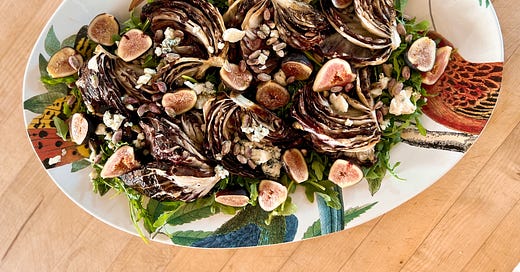


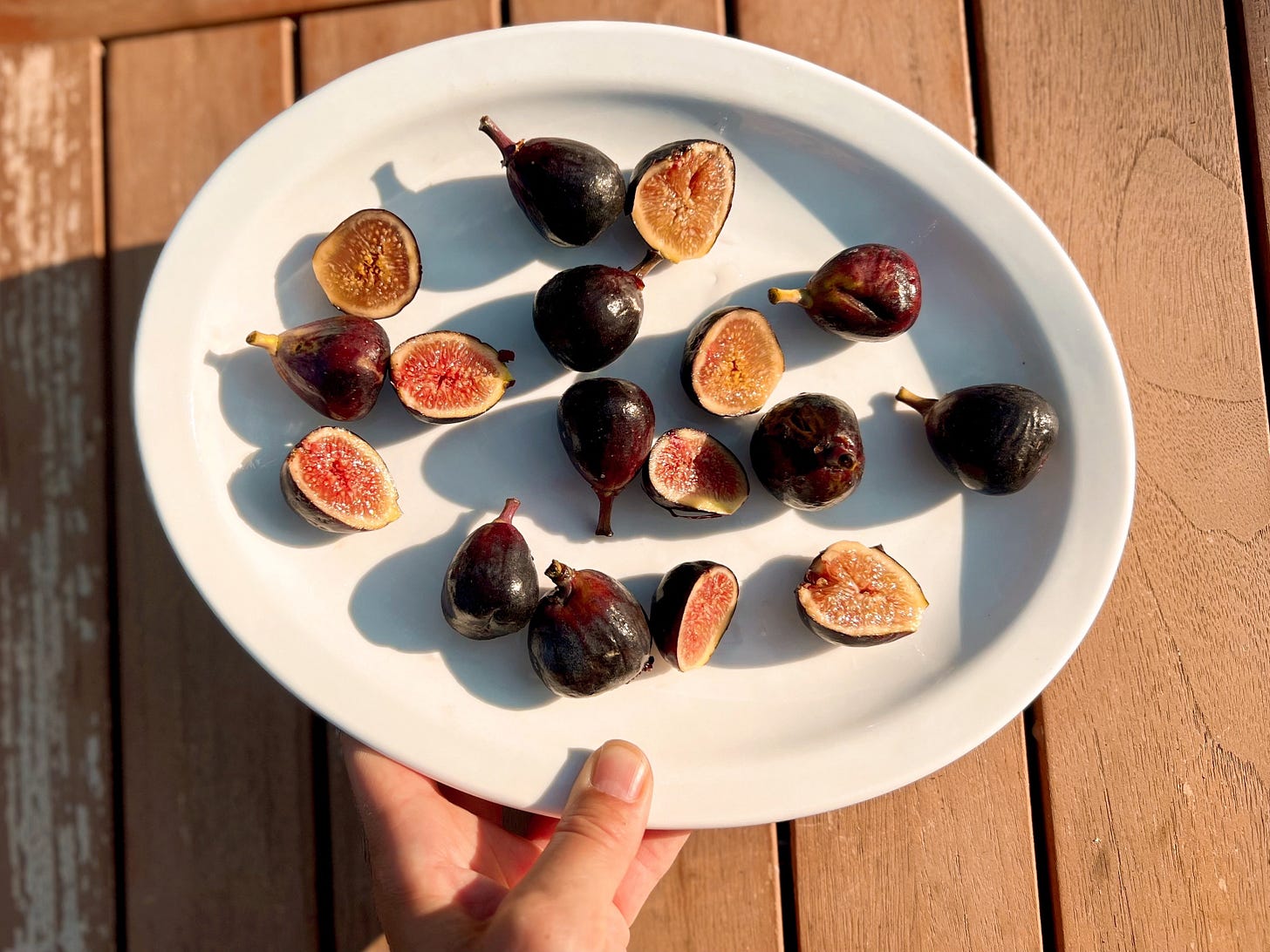
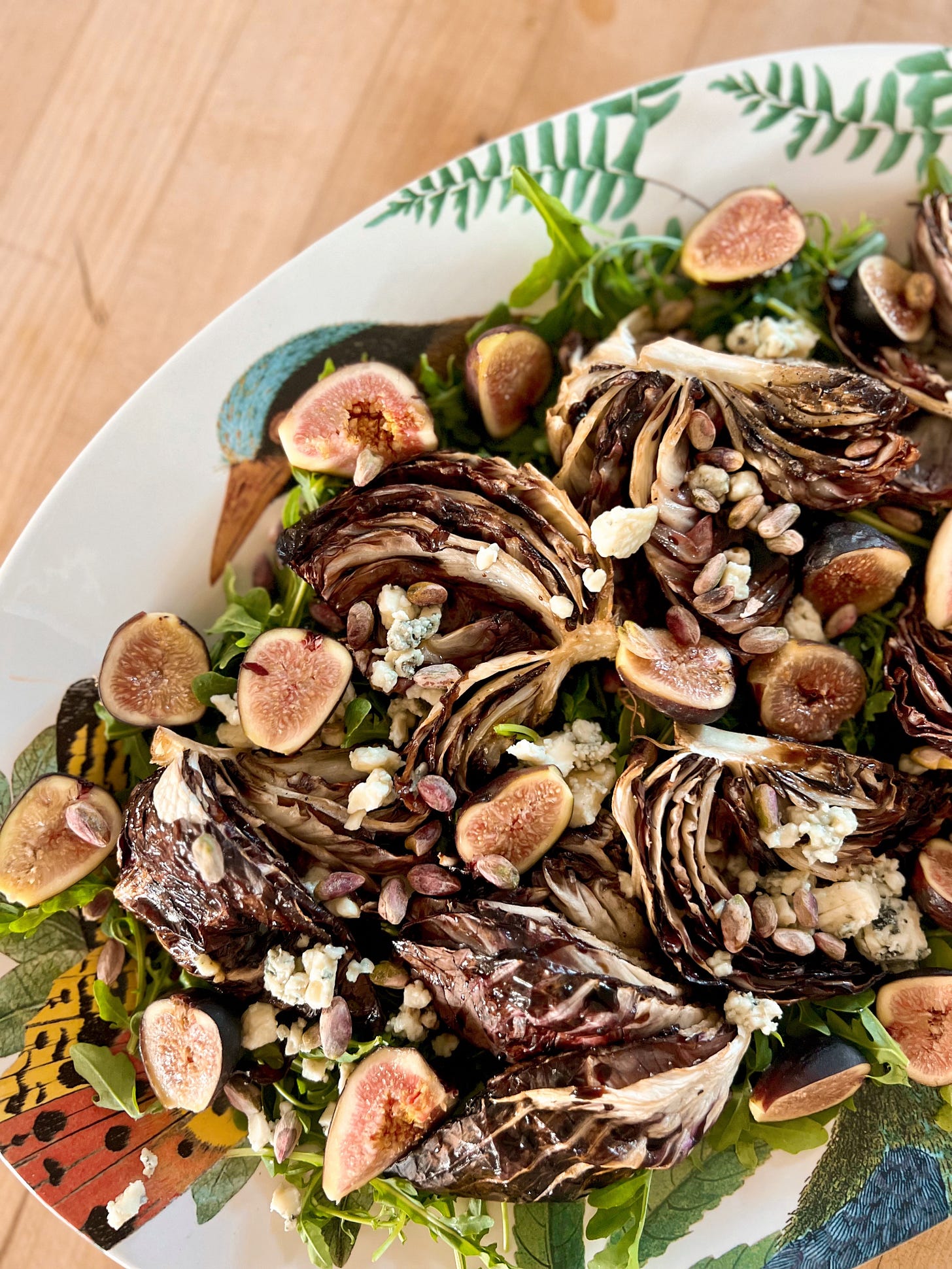
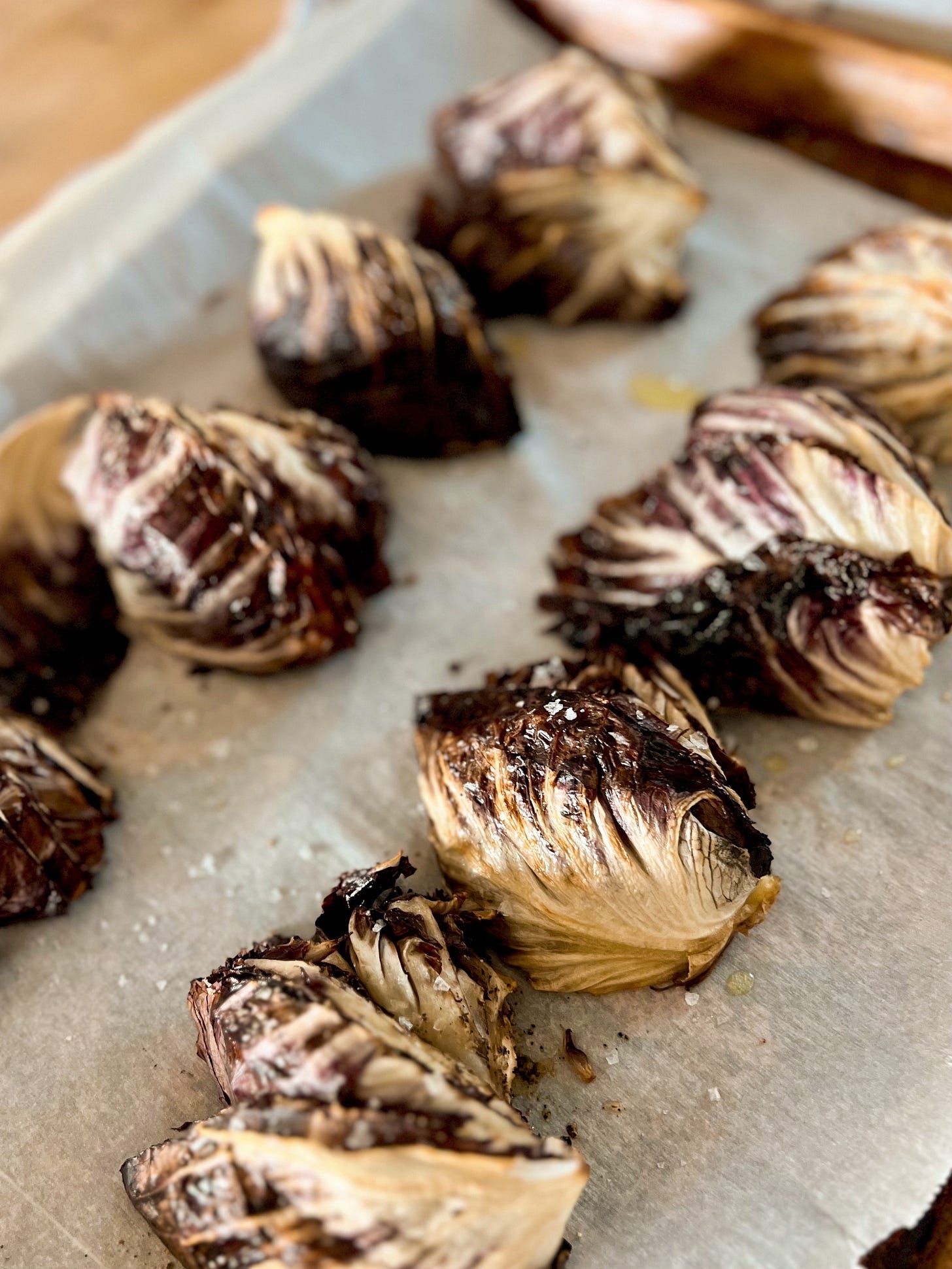
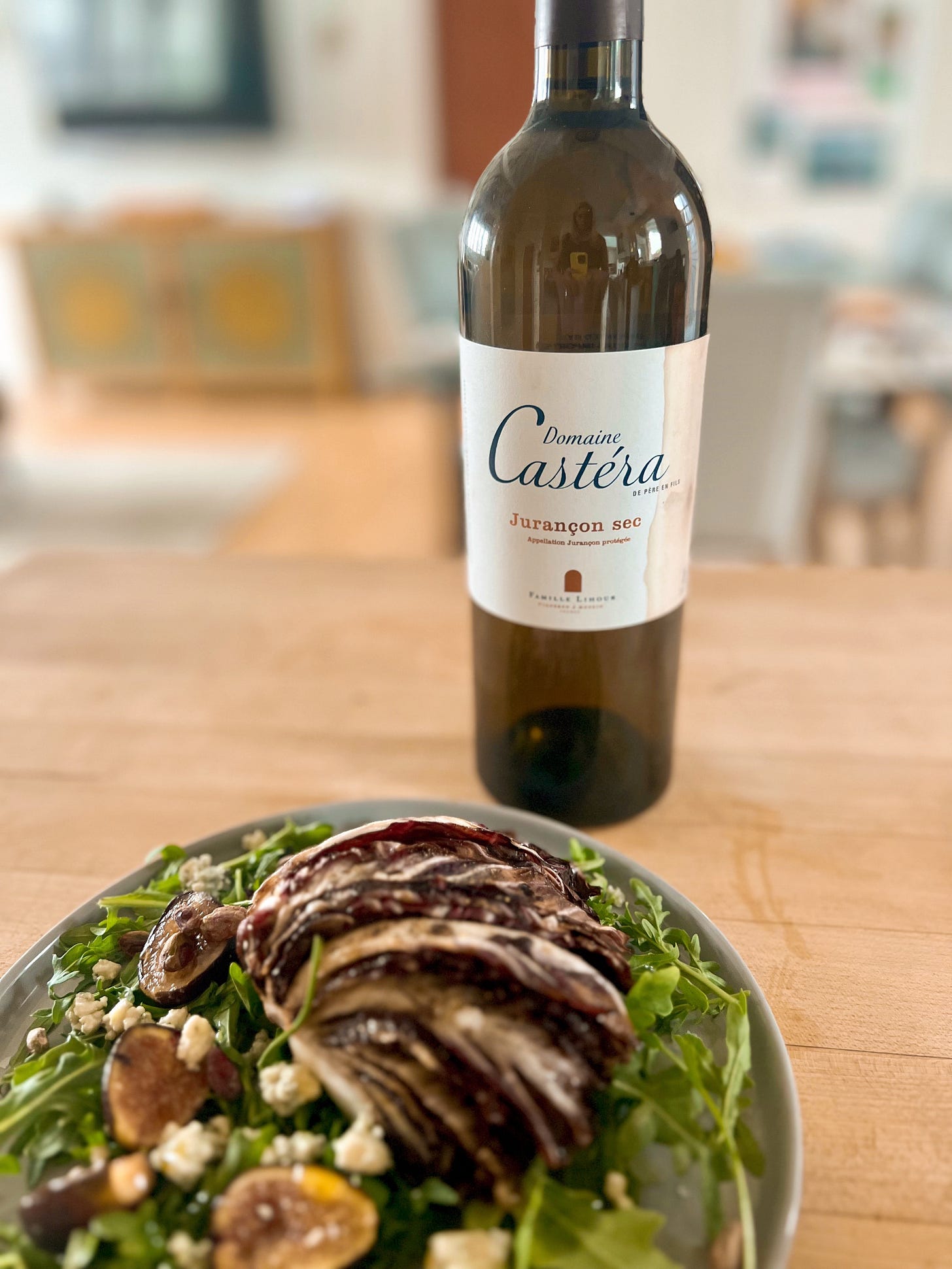
Well done Amy! You are such a great writer!
I love figs! My first introduction to figs was when I was a kid playing outside all day :). They grow naturally outside in a few areas in Jerusalem and we used the fig milky white sap to treat small wounds.
Great story. I love figs. My mother and father-in-law had a large tree in front of their house in Mexico. They grew very well in that environment. Hmmmm, wonder if I can grow a fig tree here in Tennessee. …